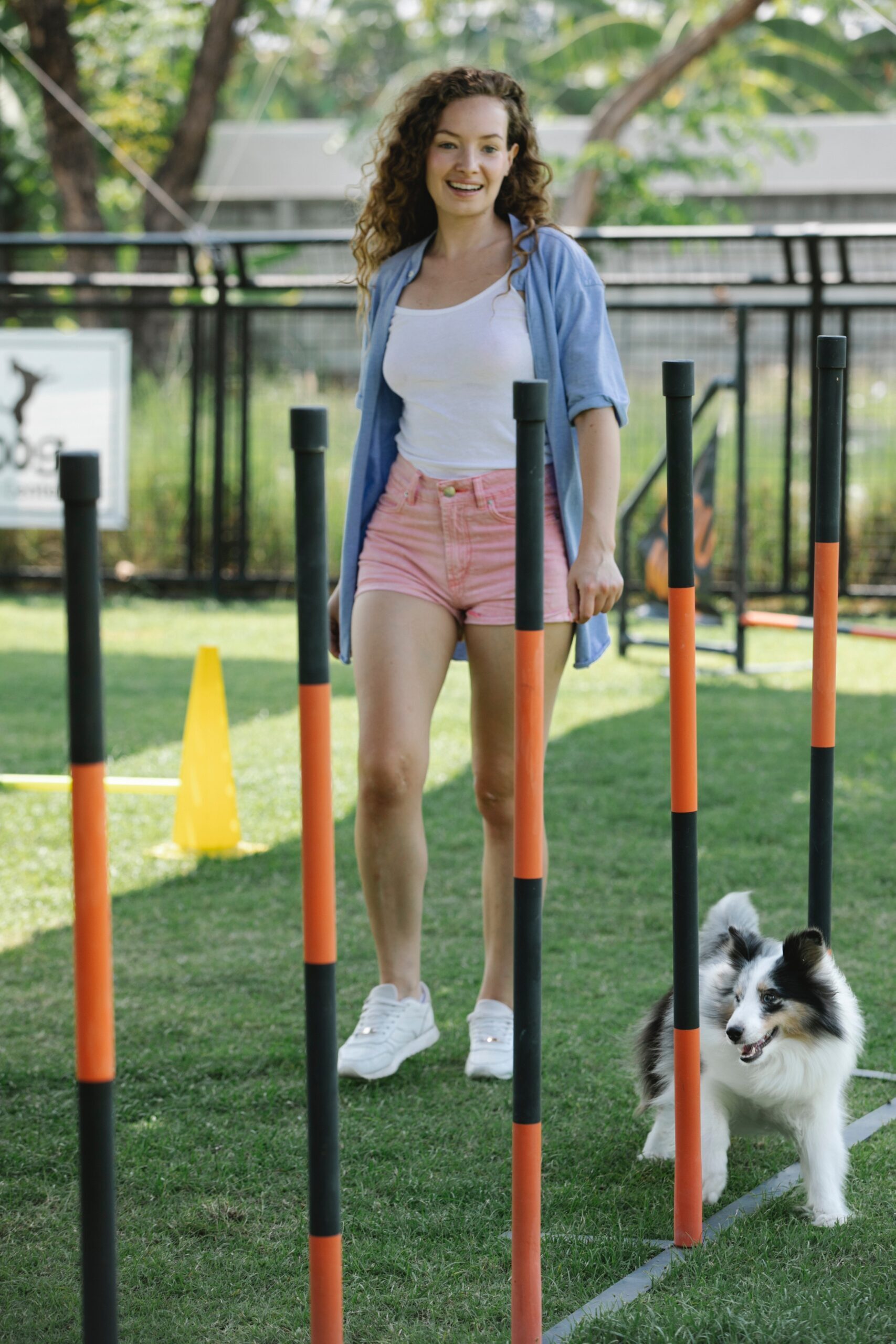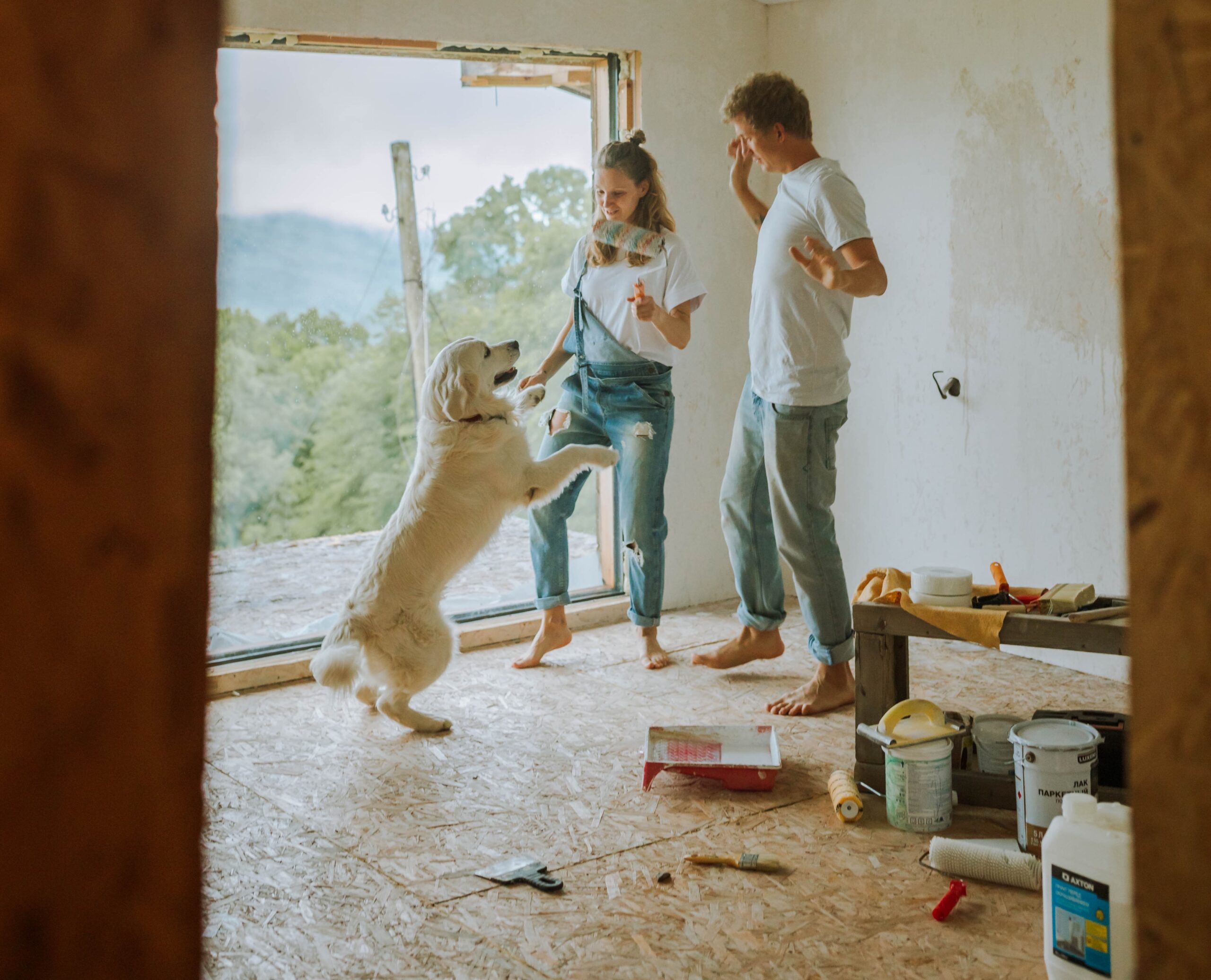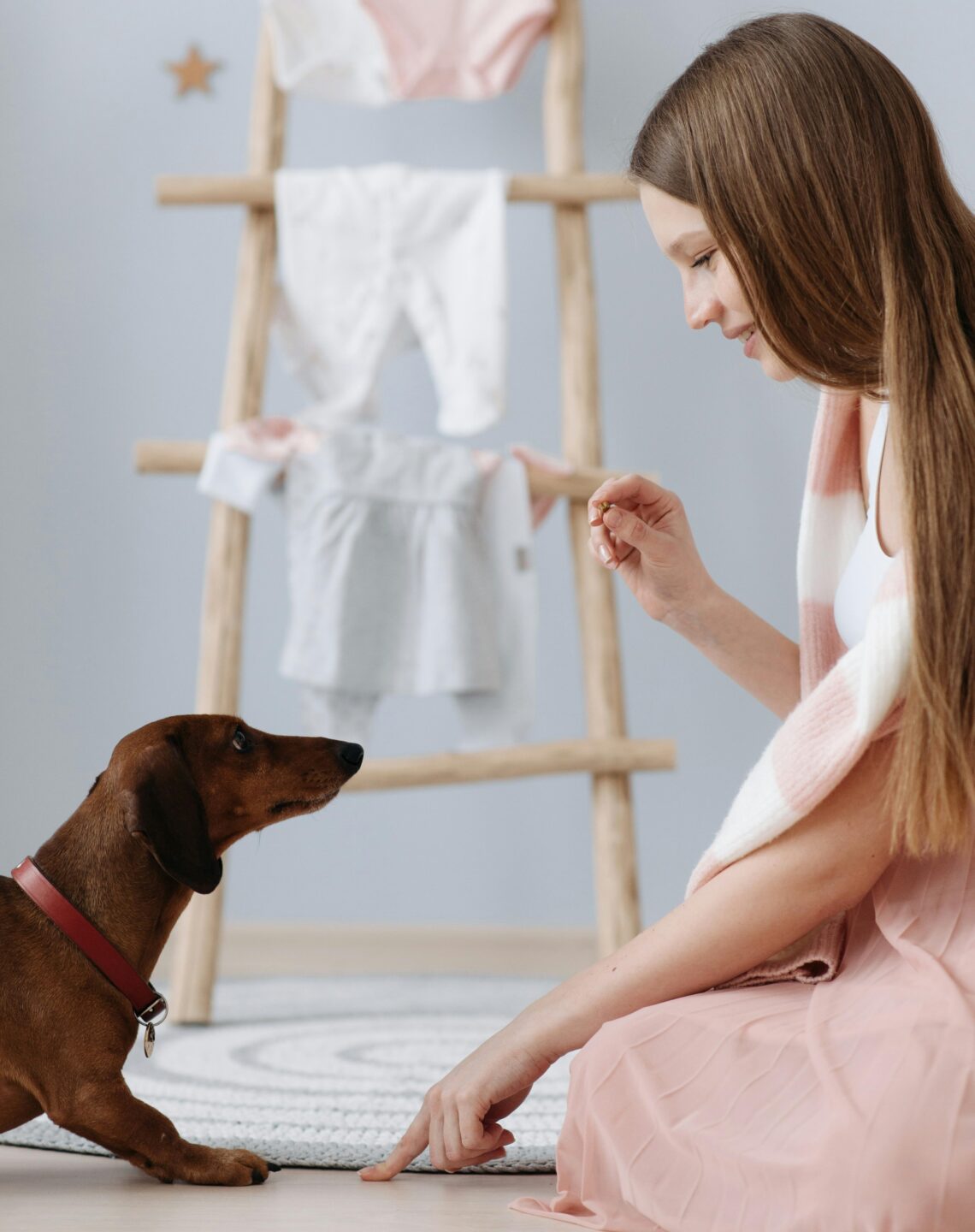
Dog Training: How to train your dog? Easy & Basic Commands |Session 3|
Advance training session:
After your dog has learned all the fundamentals, you might want to attempt teaching them more difficult tricks or even dog sports. Your dog will benefit from these activities by being intellectually and physically active. They will also contribute to the strengthening of your relationship with your dog.
Keep in mind that training is a continuous endeavor. You are never going to be done. It’s crucial to continue working on obedience training for your dog as it grows older. When they get older, people who acquire a language early on but stop speaking it may lose most of their linguistic skills. Use your dog or lose it is also applicable. Repetition of even the simplest orders and tricks can help them stick in your dog’s memory. It’s also a fantastic way to spend quality time with your dog.
It’s a terrific dog trick to play dead. Although it’s not as crucial as teaching your dog to comply with orders like “sit” and “stay,” the game may nonetheless be enjoyable for both the dog and the people playing it. Playing dead should be simple if your dog is certain that he understands the “lie down” command.
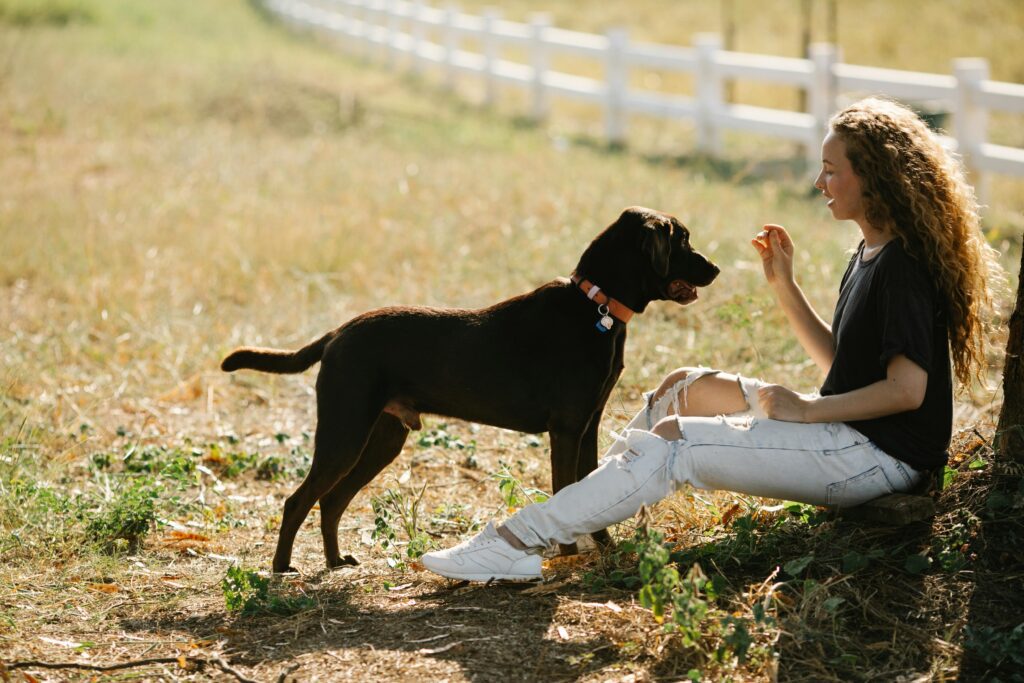
How to command pet dog to stay down:
It’s crucial that your dog learns the fundamental command “down” or “lay down.” All dogs should ideally be able to lie down when requested to do so by their owners. When you need your dog to calm down during a stressful circumstance or to remain in the stay posture for an extended amount of time, the “down” command may be quite helpful. Additionally, it’s the initial move of a few dog tricks, like as the well-known rollover. Fortunately, teaching your dog to “down” is virtually as easy as teaching it to sit.
Your dog’s elbows, hocks, and chest are all in touch with the ground when it is in the correct down posture. It should ideally remain there until you let it go.
It’s a simple instruction to teach your dog to down, and with repetition you can get it perfect.

Commands to Help Your Dog Learn to Lie Down:
Make sure your dog has access to plenty of mouthwatering training goodies before you start. Treats for your dog should ideally be tiny, soft, and delectable. Keep these snacks exclusive to training sessions; use other sweets for general incentives.
- Five to ten minutes should be allotted in a distraction-free environment. Make sure you always keep your clicker close at hand if you teach your dog with it.
- Get your dog’s attention first. Point out to him the goodie you are holding.
- Present the reward to your dog’s nose, but do not give it to him just yet. Next, transfer the reward softly in the direction of the ground and let your dog to follow.
- Continue doing this until your dog is at the bottom. If your dog does not seem to be putting his body down to retrieve the reward, try removing it slightly.
- Give your dog the treat, then give him some petting and praise until he is completely horizontal, with his elbows and hocks on the ground.
- Add the verbal cue after your dog is reliably doing the down action while holding a reward. As you place the treat on the ground, firmly and clearly use the word “down.”
- Continue doing this until your dog down to the ground using just the verbal cue and no treat guidance. Reward your dog with a goodie each time they lie down.
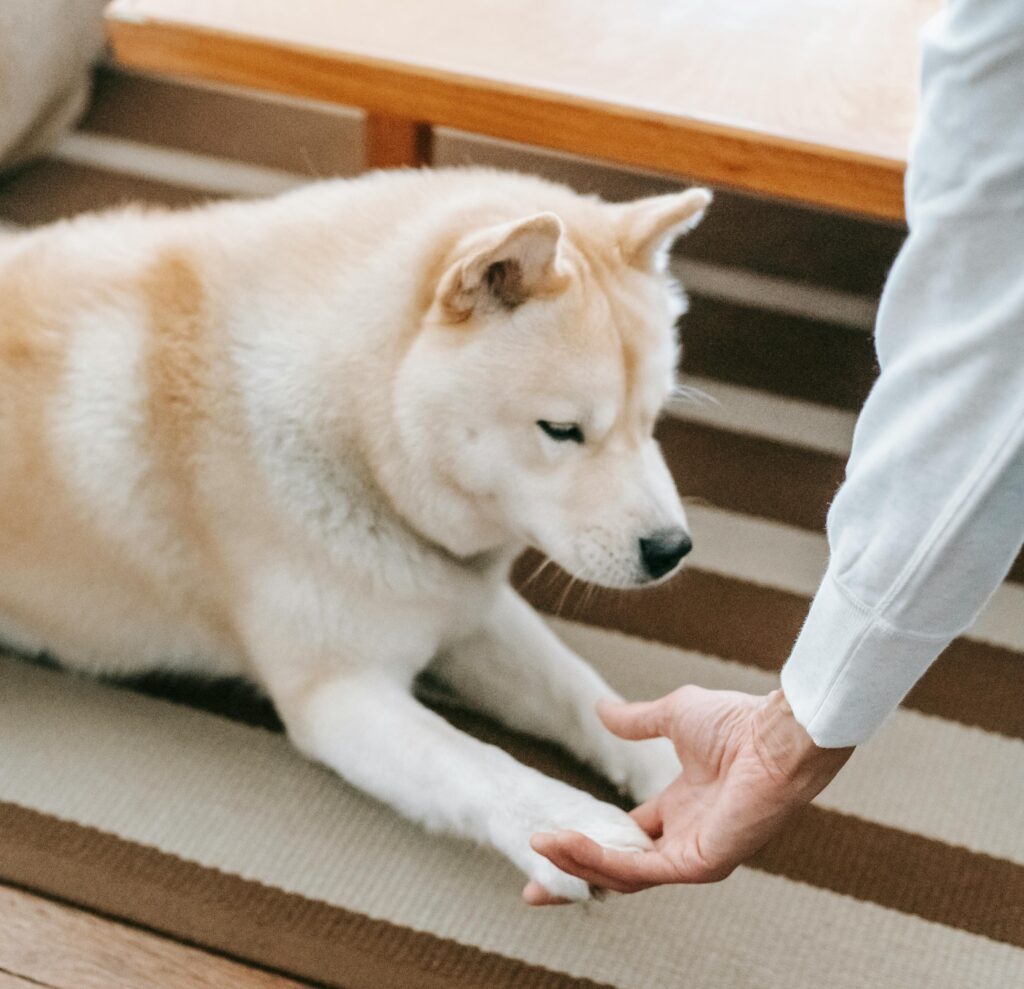
Short training sessions should ideally be done once or twice a day. Arrange for the lessons to take place in a variety of spaces, both indoors and outside. Always make an effort to conclude the meetings with a smile. If necessary, terminate the session with a reward and another command that your dog is familiar with, like sit.
Make your dog calm with release command:
It’s time to introduce your release word after your dog is able to lie down on demand. When your dog asks to get up, you will say something like this. For the release cue, “OK” is a common phrase used, although any word would do as long as you use it consistently.
Begin by putting your dog to sleep for little periods of time—no more than 30 seconds—and then gradually increase the time. You may teach the dog to do this by using the “stay” command first, and then your release command when the time comes to let them go. Gradually increase the duration until your dog will remain down until you say, “OK,” regardless of how long it takes.

Problem you will get in session 3 and its solution:
Try marking the behavior if you are still unable to convince your dog to lie down in exchange for rewards. Say “down” and give your dog a treat and praise the next time it falls asleep on its own. Each time you find it lying down, give this a try. If this is to work, you’ll probably need to bring snacks with you. Using a clicker to record behaviors is also rather simple.
Try introducing distractions little by little once your dog reacts fast to the down signal. Additionally, you should practice the activity in a variety of settings and circumstances.
When your dog is proficient at lying down, you won’t need to reward them every time. Treats should be given sporadically to help encourage the behavior. Additionally, it’s usually a good idea to reward with praise. Treats are only a bonus; your dog really wants to impress you.



